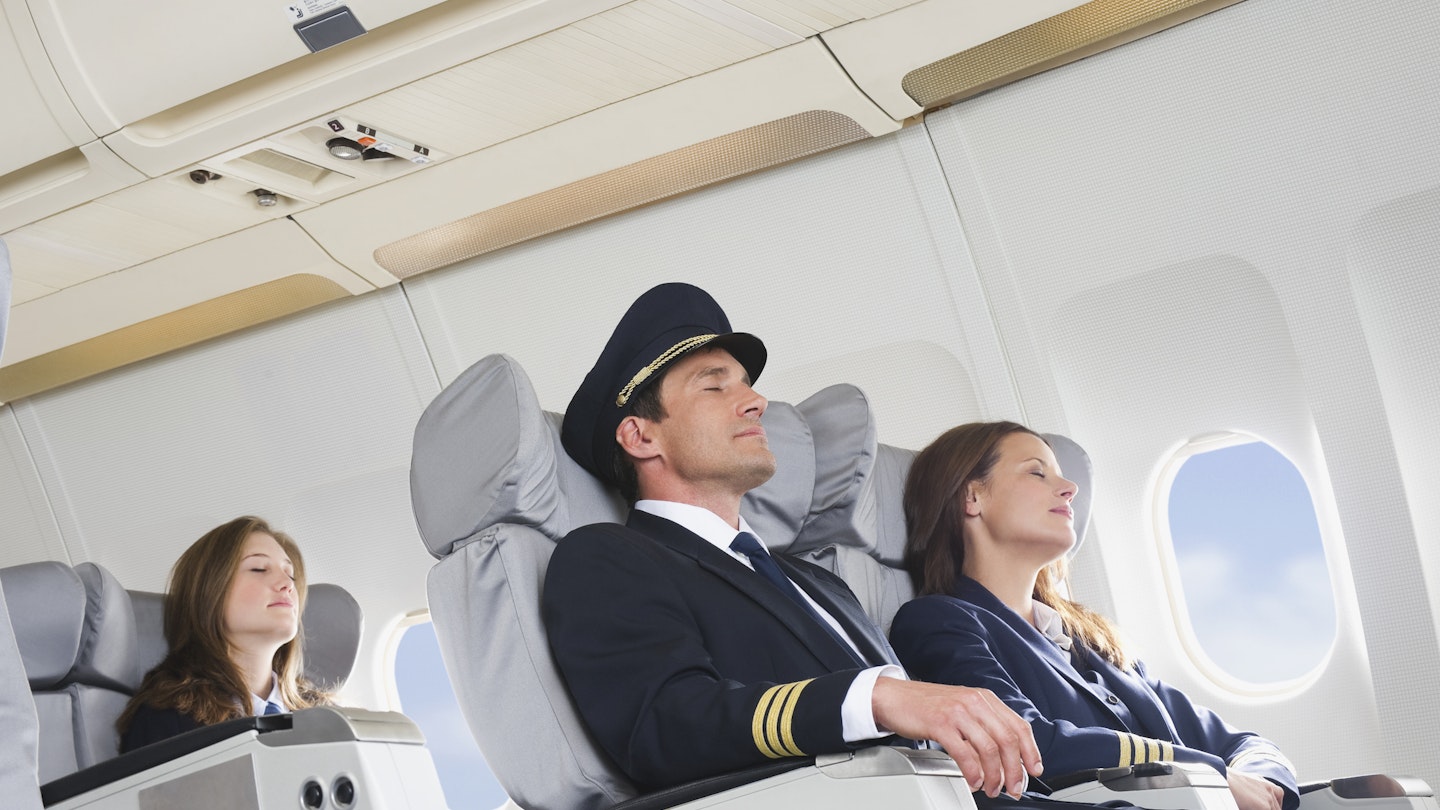Where Do Airline Crew Members Sleep on Long Flights?
Have you ever noticed cabin crew members disappearing into a cupboard on a long-haul flight? As it happens, that’s not a cupboard; it’s the secret door to what’s often the most spacious way to catch forty winks on a plane: the crew rest areas. John Walton explains where they are and how you can spot them.
Where Does the Crew Sleep on a Flight?
Although they aren’t glamorous, crew rest areas are quite comfortable, featuring padded bunks and sometimes even in-flight entertainment! With 14 to 18-hour flights becoming increasingly common, pilots and cabin crew have legally mandated rest times. Furthermore, airlines recognize that a well-rested crew is essential for maintaining service quality and passenger satisfaction.
On large aircraft designed for long distances, airlines have the option to install special crew rest areas in typically unused spaces, such as above or below the passenger cabin. “On our 777 aircraft,” explains Ben Inall, Leader of Crew Development at Virgin Australia, “the cabin crew rest area is larger, containing eight bunks located in the tail of the aircraft. The bunks sit above the passenger cabin, ensuring a quiet environment. This really helps with managing the time zone differences that come with long-haul flights. Each bunk is just over six feet long and features a thick curtain to reduce noise and light.”

Do Pilots Sleep on Long Flights?
For the individuals flying the plane, Inall states, “the pilot rest area is at the front of the aircraft and contains two bunks, two seats, and in-flight entertainment.” On Virgin Australia’s 15 to 17-hour trans-Pacific flights, the four pilots onboard will alternate rest breaks. Similarly, Japan Airlines’ long-haul fleet (Boeing 777 and 787 aircraft) features crew rests, which serve both for resting and for crew members to relax and eat during their breaks.
On aircraft that lack dedicated crew rests, a special curtain covers the crew seating area, allowing them to enjoy meals without disturbances. On Virgin Australia’s Airbus A330 200 jets, which do not have crew rest areas, “the pilots and crew occupy specific passenger seats for their breaks. Pilots utilize a business class seat at the back of the cabin, whereas cabin crew have a block of seats towards the rear of the aircraft that are typically curtained off,” says Inall. The curtains are a dead giveaway, but if they’re absent and you’re observant, you might also notice the tracks in the ceiling that the curtain uses when installed.

Where Do Flight Attendants Take Their Breaks?
Nevertheless, what happens on smaller planes with one aisle? Inall explains: “On our short-haul flights that operate through the night, where passenger numbers allow, we block out the back row on our Boeing 737 aircraft to create a space where our crew can comfortably take a break. These flights typically last no more than five hours, so this area provides essential space for the crew to freshen up and relax. Managing fatigue can be difficult when working late into the night, and this practice assists the crew significantly.”
John Walton is an international aviation journalist; follow him @thatjohn.





